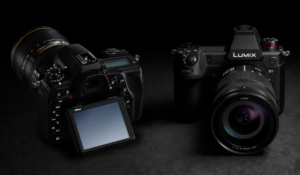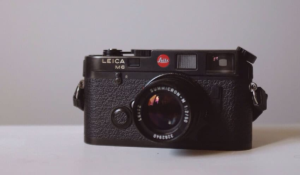Film vs Digital: A Comparison of Pros and Cons

Although digital photography dominates the debate between film and digital photography, a resurgence of interest in film is noteworthy. A comparison of the advantages and disadvantages of these two mediums is presented in this article.
Resolved:
A key difference between film and digital photography is their resolution capabilities. Film resolution is calculated through angular resolution, while digital sensors measure resolution in pixels. As a result of the variety of film types and formats available, analog photography demonstrates a wide range of resolutions.
Film grain / digital noise:
Digital noise and film grain affect image quality in different ways. Film grain is caused by chemical particles in analog films, not by digital noise in digital sensors. Using high ISO settings and long exposures, the author examines the difference in noise and grain patterns between both mediums.
The dynamic range is as follows:
Dynamic range, once considered a significant advantage of film, is now comparable between digital and analog formats. Studies and tests have shown both mediums’ dynamic range capabilities, allowing them to capture detail in highlights and shadows.
Speed of film:
In contrast to digital sensors, film speed can be measured by ISO sensitivity. While digital cameras allow you to adjust sensitivity between shots, film photographers must choose which film speed to use for each roll. This difference in sensitivity control is discussed in the article.
In terms of cost and convenience:
For a thorough understanding of the financial implications of digital and film photography, it is important to compare the upfront costs and ongoing expenses of each. This comparison takes into account instant image access, film processing times, and equipment longevity to evaluate the cost-effectiveness of each.
Photographing on film has the following advantages:
-
Comparatively cheaper than digital cameras.
-
For capturing whites and blacks with greater detail, the dynamic range needs to be higher.
-
Minor exposure and focusing issues are forgiven.
-
In some cases, a higher resolution is required.
-
Increases the amount of thought the photographer puts into their shots.
Film photography has the following disadvantages:
-
A heavier digital camera than similar sized models.
-
Physical storage space is required for film rolls.
-
Film development and purchase costs are ongoing.
-
Prior to viewing, the film must be developed.
-
Labs are needed for development unless you have a darkroom.
The advantages of digital photography include:
-
Suitable for printing large photos from point-and-shoot cameras.
-
Compared to film cameras, digital cameras are lighter.
-
A tiny memory card requires very little storage space.
-
Image viewing is immediate.
-
You can edit your photos on a computer or a camera.
-
Printing of preferred images selectively.
-
In many cameras, filters are built-in.
-
A feeling of immediate satisfaction.
Digital photography has the following disadvantages:
-
Images must be managed and edited using a computer.
-
Initial cost is higher than with film cameras.
-
In both whites and blacks, there is a loss of detail.
-
It is sometimes difficult to focus digital cameras.
-
As compared to film, there are fewer subtleties in the images.
-
Digital cameras are becoming obsolete faster.
-
Backups are essential to prevent digital storage loss.
-
When the light is low, focusing is poorer.
-
An increase in battery consumption necessitates the use of backup batteries.
Both digital and film cameras produce high-quality images, and the choice between them depends on your photography style, budget, and needs. Digital technology continues to advance, but film photography’s appeal is rooted in personal preference as well as its experiential aspect.



